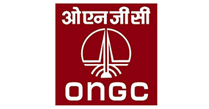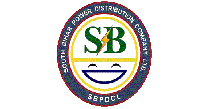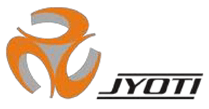Power Substation Maintenance
In the heart of every power distribution network lies the substation, a vital hub where electricity is
transformed, controlled, and distributed. Maintenance of these facilities is paramount to
guaranteeing the reliability and safety of the entire grid. Let's delve into the intricacies of power
substation maintenance.
1. Regular Inspections:
Visual inspections of all equipment, including transformers, circuit breakers, switches, and
insulators, are conducted routinely. Any signs of corrosion, leakage, or physical damage are
noted for immediate attention.
Thermal imaging is utilized to detect hotspots, indicating potential points of failure,
allowing preemptive repairs.
2. Transformer Maintenance:
Transformers are the workhorses of substations, converting voltage levels for transmission.
Maintenance involves regular oil analysis to assess insulation condition and identify any
contaminants.
Cooling systems, such as fans or radiators, are inspected and cleaned to ensure optimal heat
dissipation.
3. Circuit Breaker Maintenance:
Circuit breakers protect the system from overloads and faults. Maintenance involves testing
the trip mechanisms, verifying insulation resistance, and lubricating moving parts.
Contacts are inspected for wear and corrosion, and if necessary, replaced to maintain
proper electrical conductivity.
4. Protective Relays and Control Systems:
Relays are the guardians of the grid, detecting abnormalities and initiating protective
actions. Testing and calibration ensure their responsiveness and accuracy.
Control systems, including SCADA (Supervisory Control and Data Acquisition), are regularly
updated and tested for effective monitoring and control of the substation.
5. Grounding System Maintenance:
Grounding is essential for safety and system reliability. Periodic testing of grounding
electrodes and connections ensures low impedance paths for fault currents.
Soil resistivity tests are conducted to assess the effectiveness of the grounding system,
especially in areas prone to seasonal changes.
6. Switchgear and Isolators:
Switchgear and Isolators facilitate isolation and maintenance of equipment. Lubrication,
cleaning, and insulation resistance testing are essential for their proper operation.
Mechanical and electrical interlocks are verified to prevent unsafe operations and ensure
personnel safety.
7. Environmental Considerations:
Substations are exposed to various environmental factors, such as weather and pollution.
Coating exposed surfaces with weather-resistant materials and periodic cleaning mitigate
corrosion and contamination.
Vegetation management around the substation perimeter prevents interference with
equipment and reduces the risk of outages due to vegetation-induced faults.
8. Training and Documentation:
Continuous training of personnel on maintenance procedures and safety protocols is
indispensable. Detailed documentation of maintenance activities, including findings and
corrective actions, provides valuable insights for future planning and optimization.
Conclusion: By adhering to a comprehensive maintenance regime, power substations uphold the
reliability and resilience of the electrical grid, ensuring the uninterrupted flow of electricity to
homes, businesses, and industries. Through vigilance, expertise, and technological advancements,
we fortify the backbone of modern civilization, empowering communities with the energy they
need to thrive.


























